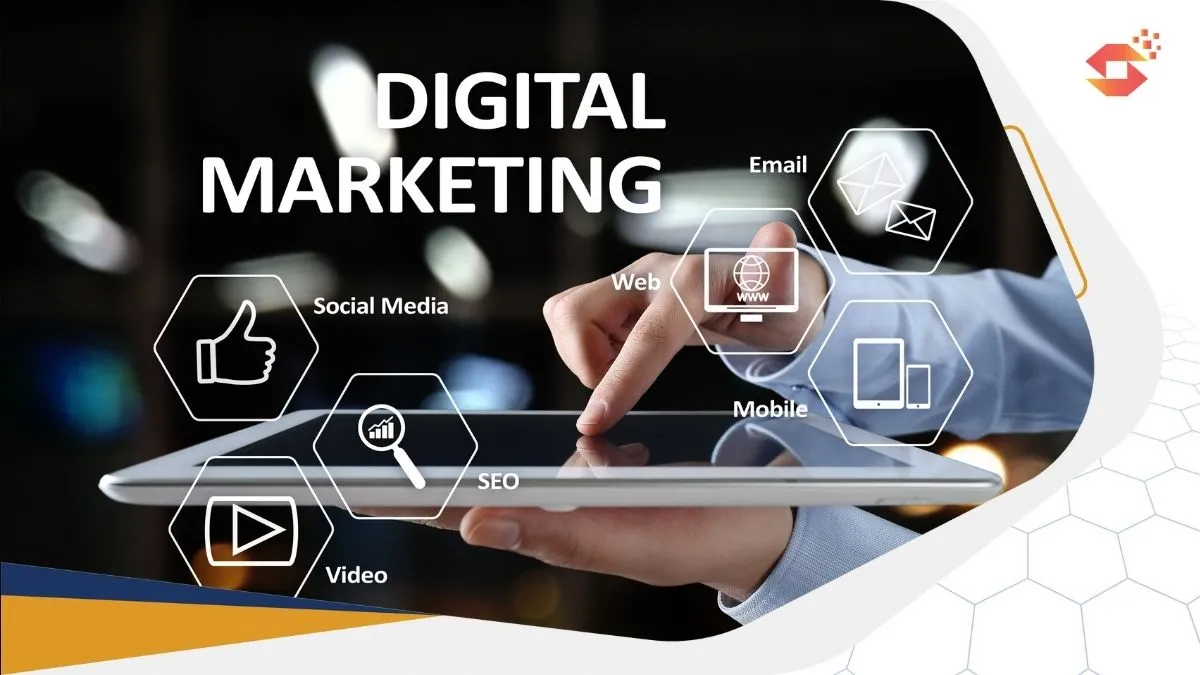From Clicks to Conversions: Optimizing Digital Marketing Strategies
Introduction Optimizing Digital Marketing Strategies
In today’s digital landscape, attracting clicks to your website is just the beginning of a successful marketing campaign. To truly capitalize on your efforts, you need to optimize your digital marketing strategies to convert those clicks into valuable conversions. From lead generation to sales, every interaction matters. In this article, we will delve into the world of digital marketing and explore techniques to transform clicks into conversions. Discover the key elements to consider, analyze, and optimize for maximum success.
From Clicks to Conversions: Optimizing Digital Marketing Strategies
Understanding the journey from clicks to conversions is vital in creating a successful digital marketing campaign. Let’s explore the various strategies and tactics that can help you maximize your conversions.
1. Targeted Audience Research: The Foundation of Success
Before launching any digital marketing campaign, it is crucial to conduct thorough research on your target audience. By understanding their needs, preferences, and pain points, you can tailor your marketing efforts to resonate with them effectively.
To gather valuable insights, utilize market research tools, social media listening, and customer surveys. By understanding your audience, you can optimize your messaging and create personalized experiences that drive conversions.
2. Compelling and Relevant Content: Engage and Convert
In the realm of digital marketing, content is king. However, not just any content will suffice. To engage your audience and drive conversions, your content needs to be compelling, relevant, and valuable.
Craft attention-grabbing headlines, create informative blog posts, produce engaging videos, and develop visually appealing infographics. By providing valuable content that resonates with your audience, you can establish trust and credibility, leading to increased conversions.
3. Responsive and User-Friendly Website: Seamlessly Navigate the Path to Conversion
A well-designed, responsive website is essential for guiding visitors along the conversion path. Optimize your website for mobile devices, as more and more users are accessing the internet through smartphones and tablets.
Ensure intuitive navigation, fast loading times, and clear calls-to-action (CTAs) throughout your website. By providing a seamless user experience, you can minimize friction and encourage visitors to take the desired actions that lead to conversions.
4. Conversion Rate Optimization (CRO): Fine-Tuning the Journey
Conversion rate optimization is the practice of continuously improving your website and marketing strategies to maximize conversions. By analyzing user behavior, conducting A/B tests, and optimizing landing pages, you can identify areas for improvement and implement changes that yield better results.
5. Harnessing the Power of SEO: Increase Visibility and Drive Conversions
Search engine optimization (SEO) plays a vital role in maximizing the visibility of your website and driving organic traffic. Conduct keyword research to identify high-value search terms related to your business.
Optimize your website’s on-page elements, such as meta tags, headings, and content, to align with these keywords. Additionally, build high-quality backlinks from reputable websites to increase your domain authority and improve your search engine rankings.
6. Paid Advertising: Targeted Campaigns for Optimal Conversions
Paid advertising, such as Google Ads or social media advertising, can be a powerful tool for driving targeted traffic and increasing conversions. Develop well-crafted ad campaigns that align with your audience’s interests and behavior.
Segment your audience to deliver tailored messages that resonate with specific demographics or interests. Continuously monitor and optimize your paid campaigns to maximize your return on investment (ROI) and drive conversions effectively.
FAQs
Q1: How long does it take to optimize digital marketing strategies for conversions?
A1: The time required to optimize digital marketing strategies for conversions varies depending on various factors. It typically involves an ongoing process of testing, analyzing, and implementing changes. Significant improvements can be seen within a few months, but continuous optimization is key to long-term success.
Q2: Can social media marketing help improve conversions?
A2: Yes, social media marketing can be an effective tool for improving conversions. By leveraging the power of social platforms, you can engage with your audience, build brand awareness, and drive traffic to your website. Combine engaging content, targeted advertising, and strategic social media campaigns to boost conversions.
Q3: How important is data analysis in optimizing digital marketing strategies?
A3: Data analysis is crucial in optimizing digital marketing strategies. By analyzing key metrics and user behavior, you can gain insights into what works and what doesn’t. This data-driven approach enables you to make informed decisions, refine your strategies, and maximize conversions.
Q4: What role does email marketing play in converting clicks to conversions?
A4: Email marketing is a powerful tool for nurturing leads and converting clicks into conversions. By building an email list and sending targeted campaigns, you can stay top-of-mind with your audience, provide valuable content, and drive them toward making a purchase or taking a desired action.
Q5: How can I measure the success of my digital marketing campaigns?
A5: The success of your digital marketing campaigns can be measured using various metrics such as conversion rate, click-through rate (CTR), bounce rate, and return on ad spend (ROAS). Set specific goals, track your performance, and regularly analyze the data to evaluate the effectiveness of your campaigns.
Q6: What are some common pitfalls to avoid when optimizing digital marketing strategies?
A6: When optimizing digital marketing strategies, it’s essential to avoid common pitfalls such as neglecting audience research, having a cluttered website, using generic content, and not continuously testing and analyzing results. Stay focused on your target audience, provide a seamless user experience, and constantly refine your strategies for optimal results.
Conclusion
From clicks to conversions, optimizing digital marketing strategies requires a holistic approach. By understanding your audience, creating compelling content, optimizing your website, and harnessing the power of SEO and paid advertising, you can maximize conversions and achieve better results. Remember, the journey doesn’t end with the click—it’s where the conversion begins.

